By Ron Lieback
Mastering Body Position for ADV Motorcycle Riding
Fundamentals. They’re the cornerstones for your two-wheel abilities, and without them, you’re going to struggle, be frustrated, and likely get a face full of dirt.
Long story short, there is no substitute for excellent fundamentals and arguably the most important fundamental of all is body position.
What’s the argument? Body position has a direct link to your control, balance, comfort, and ability to make correct inputs on the motorcycle. You could have the nicest motorcycle on the market with the trickest gizmos and gadgets, but without proper body position, it means nothing.
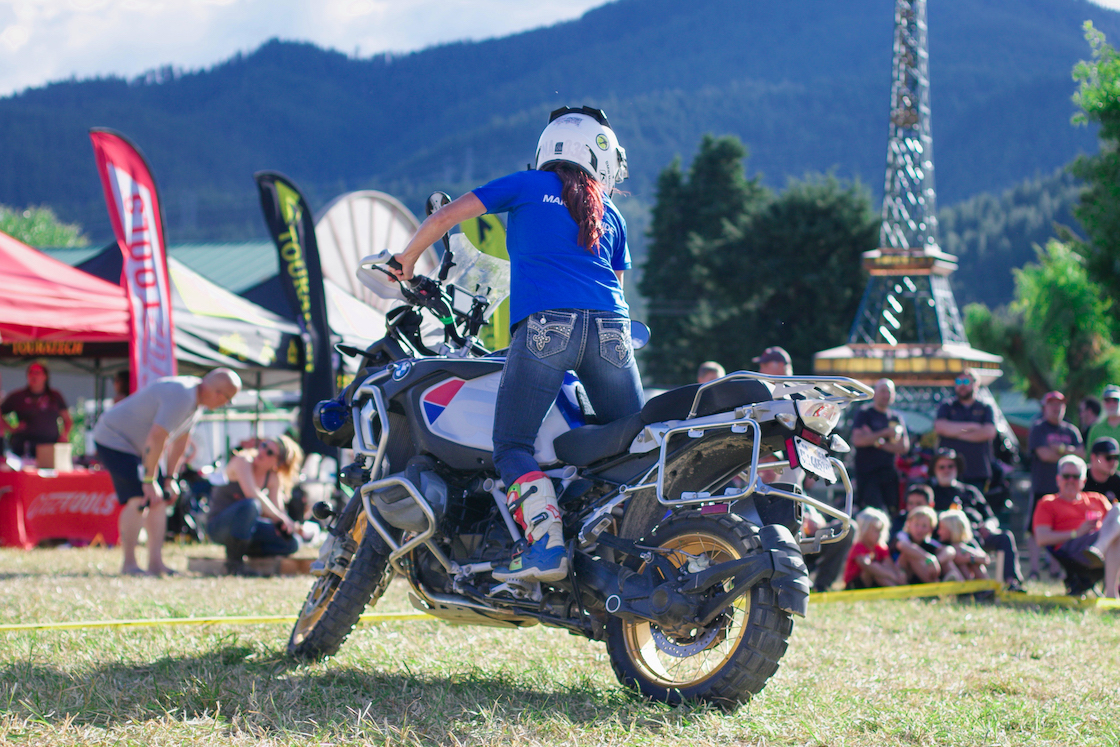
The Basis of Body Position
The foundation of a proper technique should start with a comfortable position on the motorcycle—regardless of what you hear, you should never put yourself on a motorcycle where you are uncomfortable.
Every rider is a different shape and size, so there is no one exact way to sit or stand on a bike.
Foot Position
Before getting into the basics of a properly seated or standing position, it’s important to talk about proper footing, which is equally vital in both.
Always use the balls of your feet to place the majority of your bodyweight on the foot pegs. This athletic position is more useful in transferring weight and balancing than using your arches or heels because it can be done quicker and more precisely.
Dragging toe sliders in the corners? Picking your feet up and placing the balls of your feet on the pegs will give your toes more ground clearance at lean angle.
This position also pushes your weight forward and puts your body in a position to travel with the momentum of the motorcycle, rather than slacking behind it.
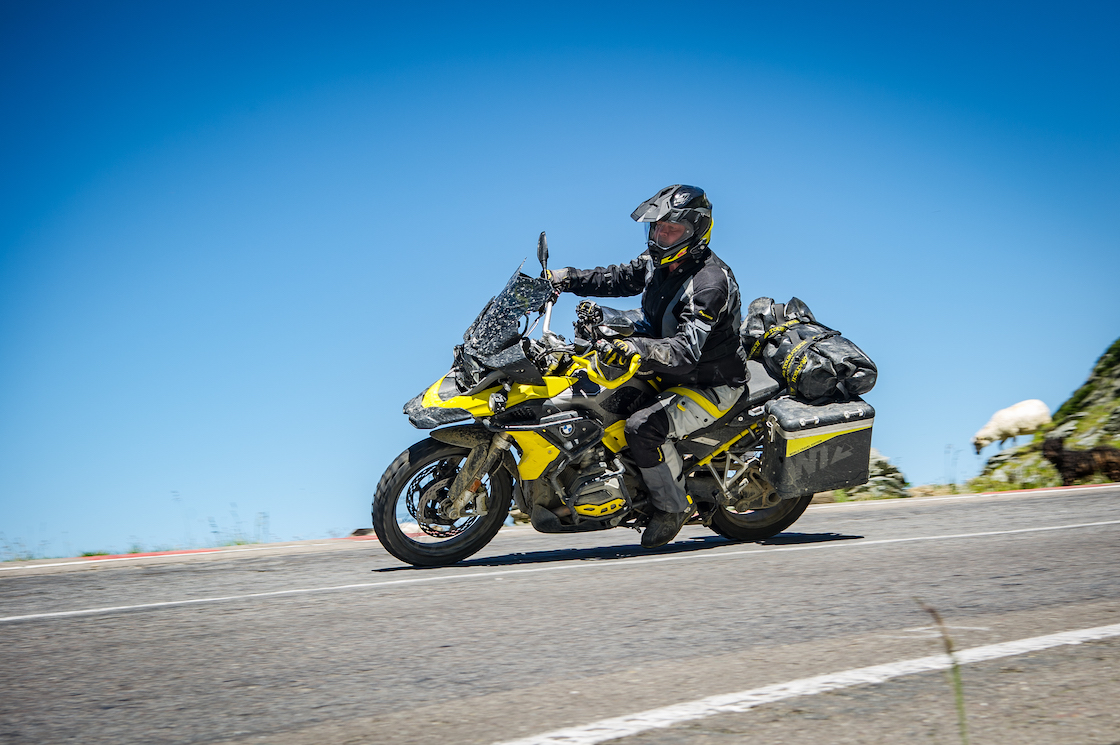
Seated Positioning
Imagine for second that you are riding to the grocery store. How would you sit on the motorcycle? Your seated position won’t vary much from that point.
Sit forward on the seat, giving yourself a small gap (an inch or so) between your groin and the fuel tank. This will allow you to operate around the tank, but won’t put your far enough back in the seat to take vital load away from the front end of the motorcycle.
Your position in the seat will also determine your elbow positioning. Find a spot in the seat where your elbows are just slightly in front of your torso with a slight bend.
On the contrary, having your torso in front of your elbow will cause unnecessary pressure on your wrists and take away your leverage from the handlebars.
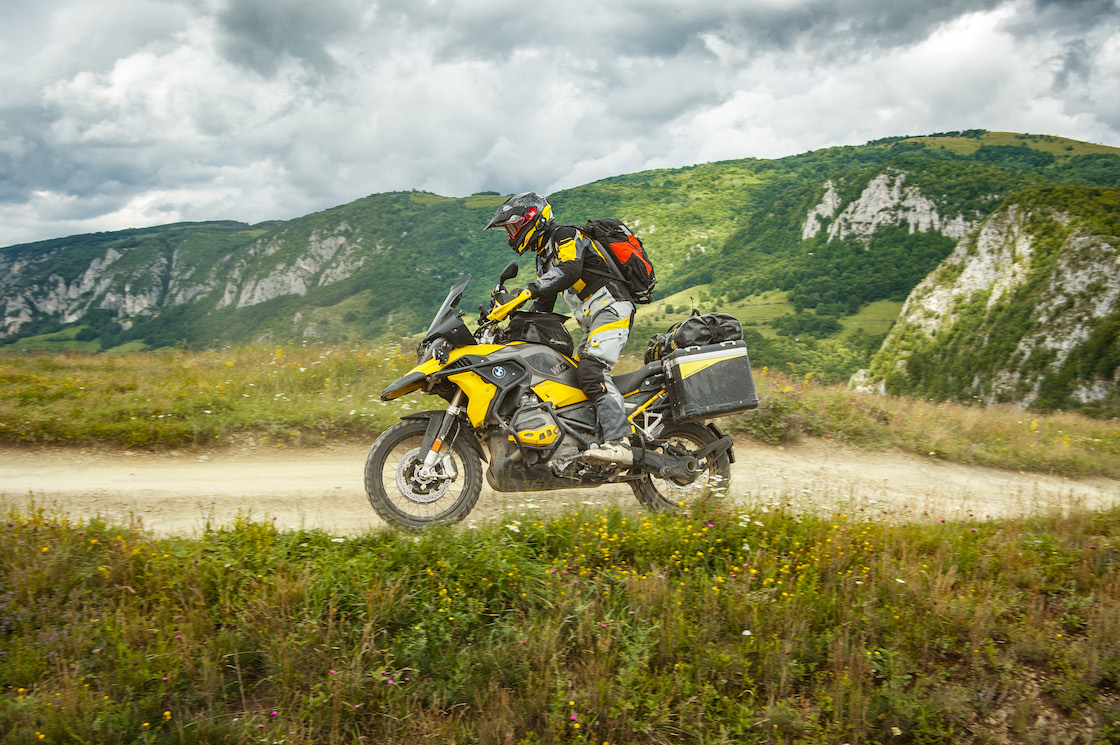
Standing Positioning
Having the ability to load your legs properly and stand up during off-road sections is key. Similar to the seated position, it should be comfortable with a slight bend in the knee and elbow (which can be used as another means of suspension).
Standing on the pegs, slightly roll your toes over the front part of the peg and push your body forward on the motorcycle. Do yourself a favor and clamp onto the fuel tank with your knees, which will increase stability and control of the motorcycles, especially at high speed.
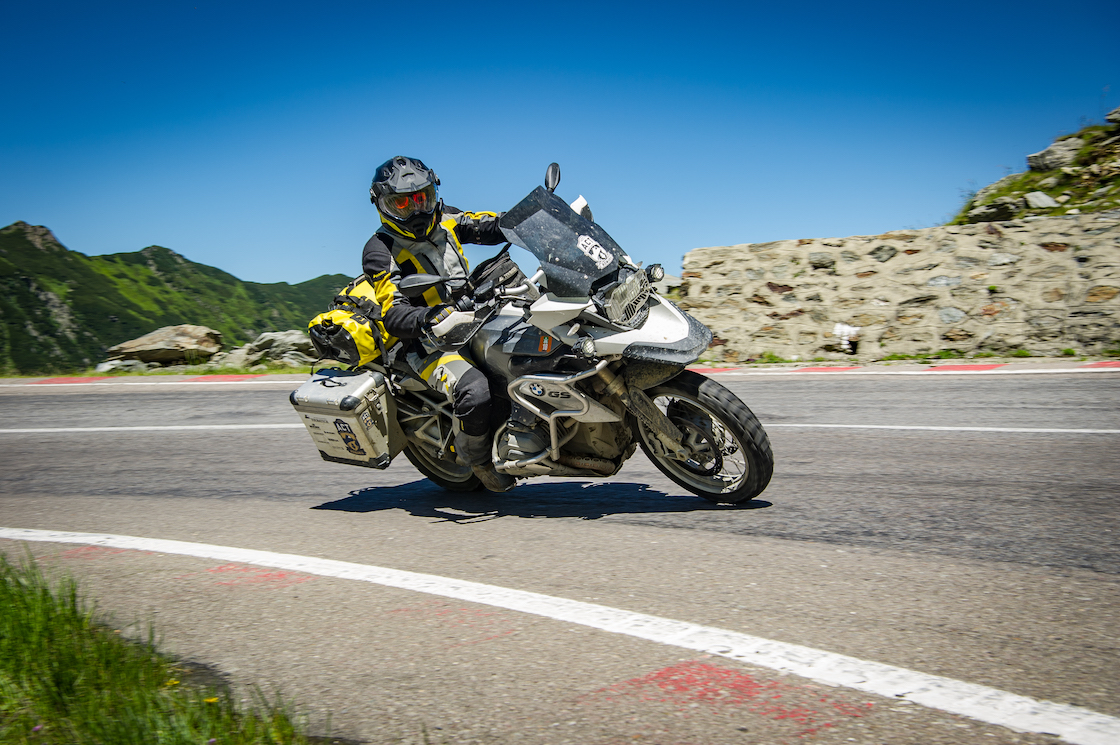
Shredding On-Road Corners
You’ve come to the end of a long straightaway and have hit a set of canyon twisties. Slightly rotate your butt around the tank and very slightly off the seat in the direction the bike is turning.
This should point your knee and shoulder forward in the direction that the motorcycle is traveling. Be sure to relax your arms, resting your outside elbow on top of the tank and never letting it lockout.
Ready for a side-to-side transition? Load your legs, just slightly picking your butt off the seat and transitioning it to the other side, which will help the motorcycle change directions – and quickly.

Tackling Off-Road Corners
Getting through turns on the dirt is quite the opposite. First off, your weight will shift to the opposite side that the motorcycle is turning, whether your seated or standing.
If seated, position your butt with one cheek off the outside edge of the seat, giving you more balance as the tires fight for grip on the dirt.
It’s important to note that other rider inputs will be exaggerated here. Because the tires are already fighting to find grip, any extra throttle or brake input could be enough to put you on the ground.
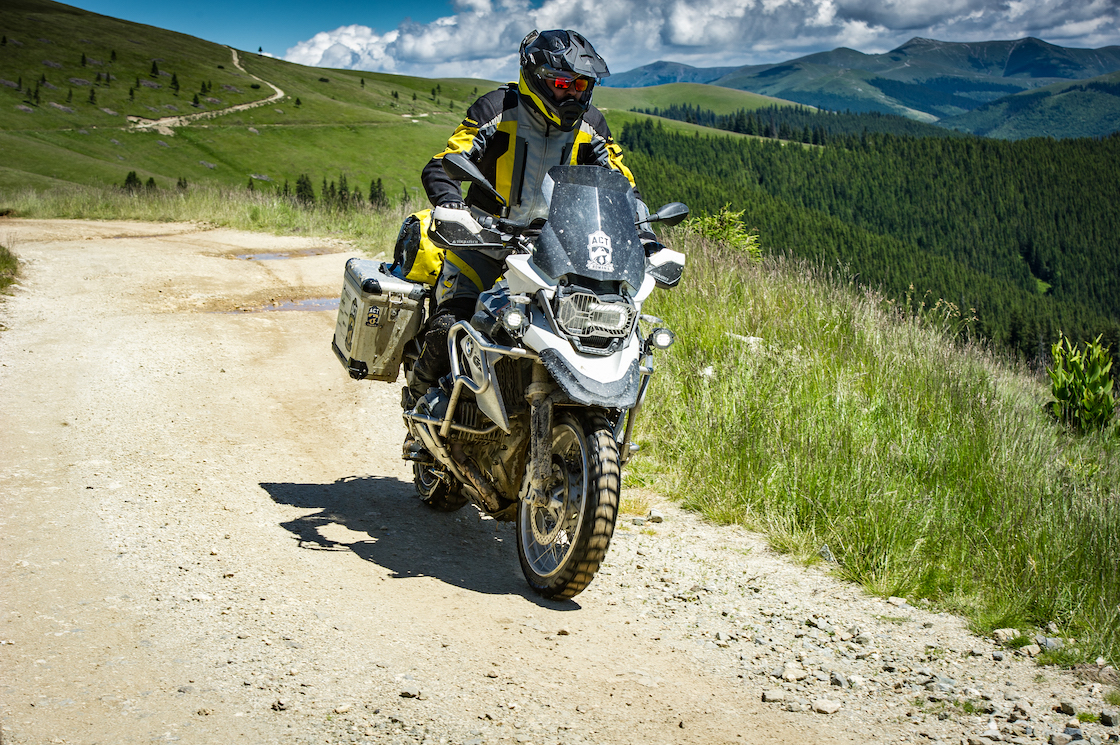
Position Yourself Two Seconds Ahead of the Bike
A general rule of thumb is to always be positioning your body on the motorcycle for what is coming in the next two seconds. This will help keep you out of the trouble of getting into a corner or technical section with your body not set into the right position to handle the obstacles.
Remember, the faster you’re riding, the sooner these inputs are needed. Set your body early for the corners, climbs, or tech sections, and your riding will improve for not only speed but smoothness.
